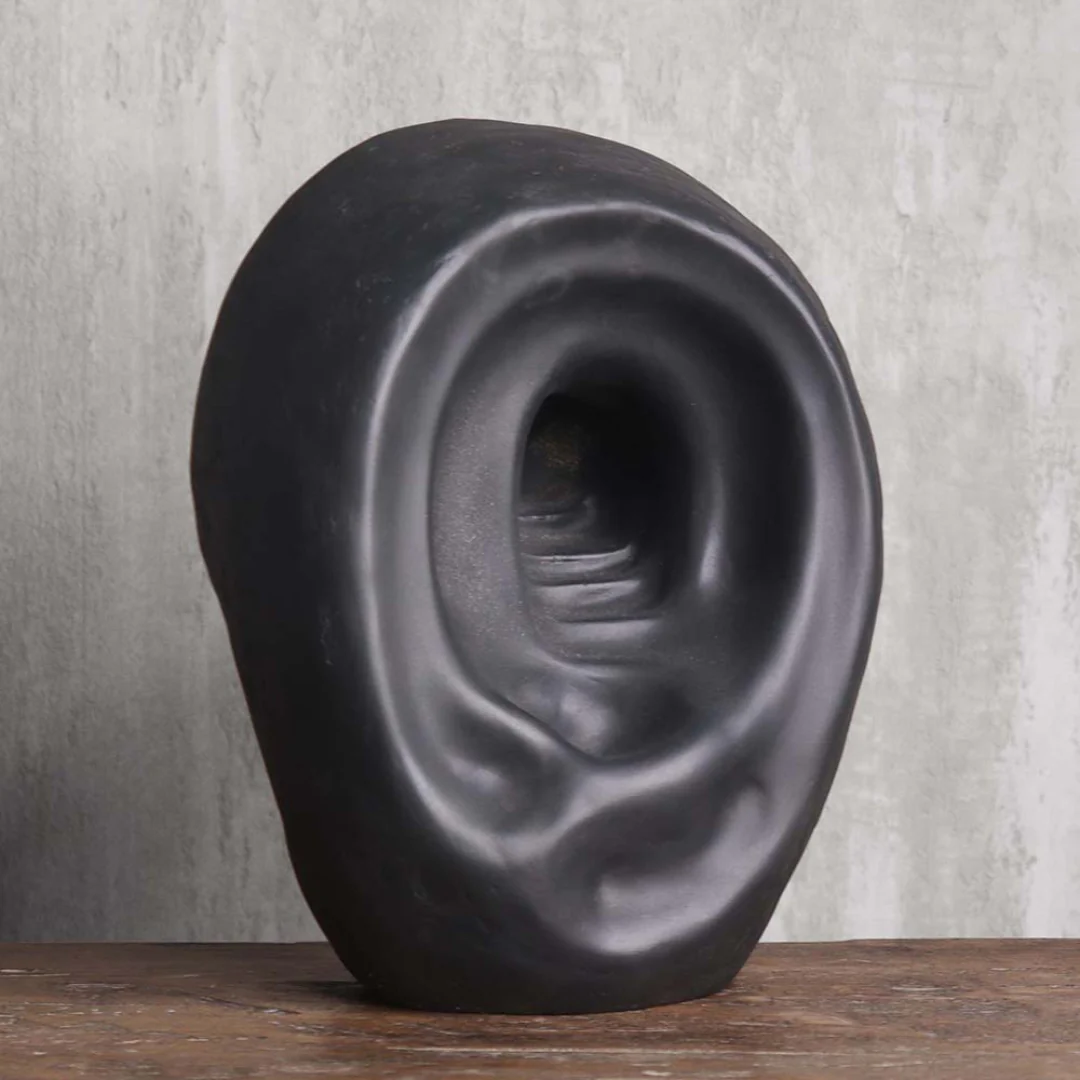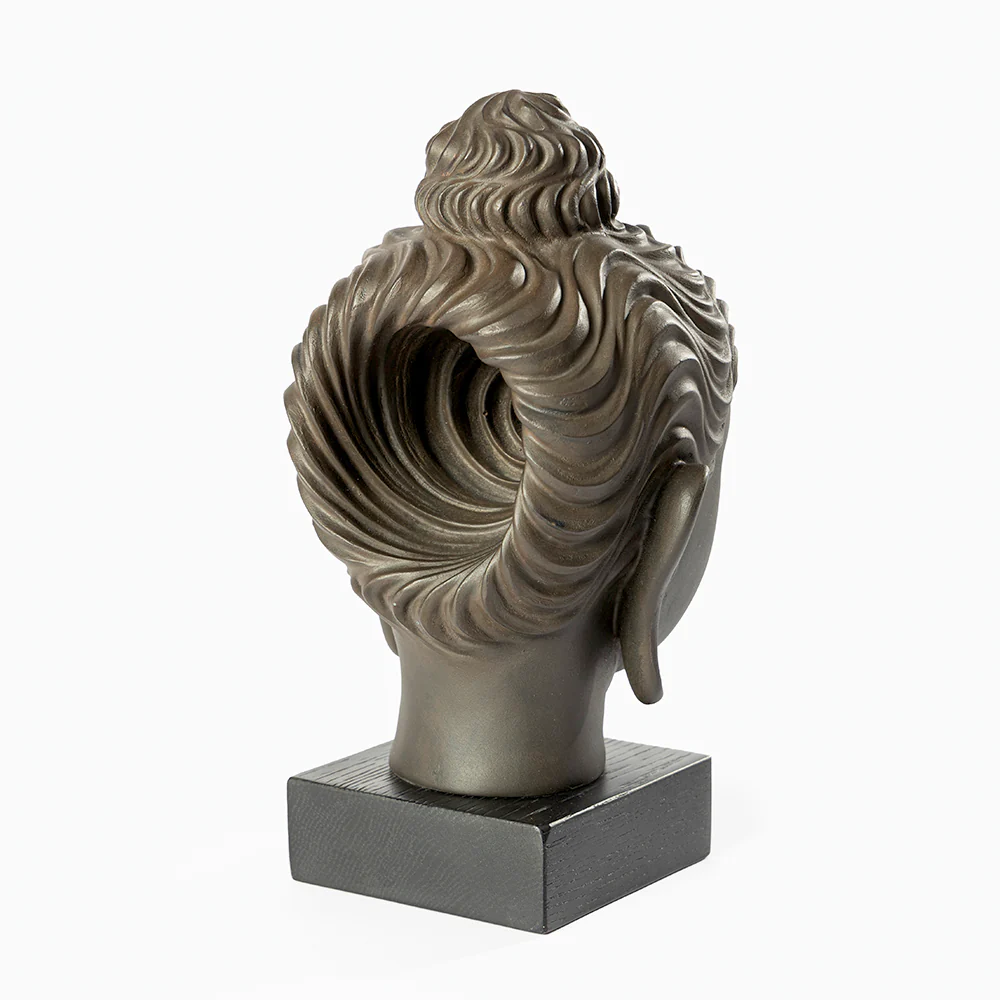Exploring the World of Abstract Sculptures: Where Creativity Meets Imagination

Strong 8k brings an ultra-HD IPTV experience to your living room and your pocket.
Abstract Sculptures represent a unique form of artistic expression, transcending the boundaries of traditional art by focusing on shapes, forms, and concepts rather than literal representations. These sculptures challenge viewers to interpret their meaning, evoke emotions, and appreciate the beauty of creativity in its most unrestricted form.
From modern art galleries to public spaces, abstract sculptures have gained immense popularity, becoming symbols of artistic innovation and cultural identity.
What Are Abstract Sculptures?
Abstract sculptures are three-dimensional artworks that move away from realistic depictions of objects, people, or nature. Instead of mimicking reality, they emphasize forms, lines, textures, and colors to convey ideas, feelings, or abstract concepts.
The essence of abstract sculpture lies in its ability to spark curiosity and engage the viewer’s imagination. Each person’s interpretation may vary, as the sculpture leaves much to the observer’s perception.
The Evolution of Abstract Sculptures
Abstract art, including sculpture, gained prominence in the early 20th century with movements like Cubism, Futurism, and Constructivism. Artists like Pablo Picasso, Henry Moore, and Barbara Hepworth played pivotal roles in revolutionizing sculpture, moving away from traditional realism to explore abstract ideas.
• Cubism: Introduced fragmented and geometric forms.
• Futurism: Focused on movement, speed, and modernity.
• Constructivism: Emphasized industrial materials and minimalism.
These movements laid the foundation for contemporary abstract sculptures, which continue to evolve with new materials, techniques, and inspirations.
Key Features of Abstract Sculptures
1. Non-Representational Forms: Abstract sculptures often avoid depicting recognizable objects, focusing instead on geometric or organic shapes.
2. Emphasis on Materials: Artists experiment with a variety of materials, such as metal, wood, stone, glass, and even recycled items, to create dynamic textures and forms.
3. Symbolism: These sculptures often carry hidden meanings or represent abstract concepts like emotions, movement, or ideas.
4. Interaction with Space: Many abstract sculptures are designed to interact with their surroundings, using light, shadow, and space to enhance their visual impact.
Famous Abstract Sculptures and Artists
• "Bird in Space" by Constantin Brâncuși: A sleek, minimalist form representing flight and motion.
• "Reclining Figure" by Henry Moore: Inspired by the human body, these sculptures balance abstraction and organic forms.
• "The Bean" (Cloud Gate) by Anish Kapoor: Located in Chicago, this reflective stainless-steel sculpture interacts with the cityscape, becoming an iconic landmark.
• "The Wall of Light" by Ellsworth Kelly: Explores light, geometry, and color in an abstract manner.
Abstract Sculptures in Public Spaces
Abstract sculptures have become a defining feature of modern urban landscapes. Installed in parks, plazas, and buildings, these artworks serve as cultural landmarks and conversation starters.
• Transformative Spaces: Abstract sculptures often transform public spaces into creative hubs, encouraging community interaction and cultural appreciation.
• Environmental Integration: Some sculptures are designed to harmonize with their natural surroundings, creating a seamless blend of art and environment.
Why Abstract Sculptures Matter
1. Emotional Resonance: Abstract sculptures evoke a wide range of emotions, from awe to introspection, allowing viewers to connect with the artwork on a personal level.
2. Creative Freedom: These sculptures celebrate artistic freedom, challenging traditional norms and exploring new possibilities.
3. Universal Appeal: Free from cultural or linguistic barriers, abstract sculptures communicate through shapes and forms, making them universally accessible.
Abstract Sculptures in Modern Design
Abstract sculptures are increasingly finding a place in interior and exterior design. Homes, offices, and gardens are enhanced by these artworks, which act as statement pieces, reflecting individuality and style.
Materials and Techniques: Contemporary designers use a variety of techniques, including 3D printing and laser cutting, to create intricate abstract forms.
Versatility: From minimalist metal sculptures to vibrant ceramic creations, abstract sculptures can adapt to any design aesthetic, whether modern, industrial, or eclectic.
Conclusion
Abstract sculptures stand at the intersection of creativity, emotion, and innovation. They challenge us to look beyond the obvious, inspiring a deeper appreciation of form and meaning. Whether displayed in a bustling city square or a serene private space, these sculptures are more than just works of art—they are reflections of human imagination and the boundless possibilities of expression.
Note: IndiBlogHub features both user-submitted and editorial content. We do not verify third-party contributions. Read our Disclaimer and Privacy Policyfor details.







